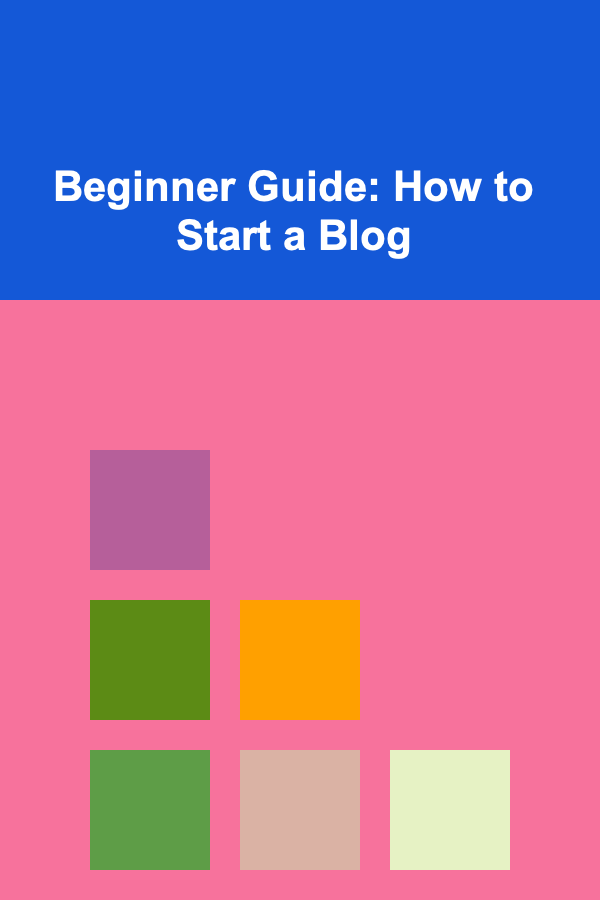
Beginner Guide: How to Start a Blog
ebook include PDF & Audio bundle (Micro Guide)
$12.99$10.99
Limited Time Offer! Order within the next:

Starting a blog can be one of the most rewarding ventures you can embark on. Whether you're passionate about sharing your thoughts, expertise, or experiences, or you're looking to create an online presence for business purposes, blogging offers incredible potential. With the right approach, your blog can grow into a thriving platform that connects you with an audience, generates income, and establishes your authority in your niche.
This actionable guide will walk you through the essential steps to get started with blogging, from setting up your blog to creating content that resonates with your target audience. By the end of this article, you'll have a clear understanding of how to launch and maintain a successful blog.
Step 1: Determine Your Blog's Purpose and Niche
Before jumping into the technical side of blogging, it's crucial to have a clear understanding of your blog's purpose and target audience.
Define Your Purpose
A successful blog always starts with a well-defined purpose. Why do you want to blog? Some common blogging purposes include:
- Personal Expression: Sharing your thoughts, experiences, and ideas on topics that interest you.
- Business/Professional: Building a brand, promoting services, or establishing yourself as an expert in a particular field.
- Education/Instruction: Teaching people how to do something, whether it's cooking, photography, programming, or any other skill.
- Monetization: Creating content with the goal of generating income, through affiliate marketing, sponsored posts, or selling products.
Choose a Niche
Choosing a niche is one of the most critical decisions when starting a blog. A niche allows you to focus your content and helps attract a specific audience. Your niche should ideally align with your interests and expertise. Here are some popular blogging niches:
- Lifestyle: Covers a broad range of topics like personal development, home décor, travel, and wellness.
- Tech: Anything related to technology, gadgets, software, and innovations.
- Health and Fitness: Topics on physical and mental health, workout routines, and healthy eating.
- Food and Cooking: Sharing recipes, food photography, and culinary tips.
- Finance: Personal finance, investing, budgeting, and financial independence.
- Parenting: Advice, tips, and stories for parents.
Once you've identified your niche, narrow it down to a specific sub-niche that differentiates you from other bloggers. For example, if you're interested in health, rather than just "health and wellness," you could focus on "nutrition for busy professionals."
Step 2: Choose the Right Blogging Platform
Selecting the right platform to build your blog on is essential for the long-term success of your website. There are several blogging platforms to choose from, each with its own pros and cons. Here's a breakdown of some of the most popular options:
WordPress.org (Self-Hosted)
WordPress.org is the most popular blogging platform in the world. It offers complete control over your blog and is highly customizable, making it ideal for serious bloggers who want to scale their site over time.
Pros:
- Full control over design, features, and functionality.
- Thousands of themes and plugins for customization.
- Better monetization options.
- SEO-friendly.
Cons:
- Requires web hosting and domain registration.
- Has a steeper learning curve compared to other platforms.
WordPress.com (Hosted)
WordPress.com is a hosted version of WordPress. It's easier to set up, but it limits some customization options compared to the self-hosted WordPress.org platform.
Pros:
- Simple to set up and manage.
- Hosting and maintenance are taken care of for you.
- Free plan available (with limitations).
Cons:
- Limited control and customization options.
- Ads are displayed on free plans.
- Limited monetization options.
Blogger
Blogger is a free blogging platform owned by Google. It's a good starting point for beginners, though it's not as versatile as WordPress.org.
Pros:
- Free to use and easy to set up.
- Integrates well with other Google services.
Cons:
- Limited design and functionality options.
- Not as widely used, so fewer themes and plugins.
- Limited scalability and monetization options.
Medium
Medium is a great platform if you're primarily focused on writing and don't want to worry about the technicalities of running a blog. However, it offers limited control over customization.
Pros:
- Simple and clean user interface.
- Built-in audience on Medium's platform.
- No need for maintenance.
Cons:
- Limited monetization options.
- No control over the design or branding of your blog.
Choosing the Right Platform
For most beginners who want full control, WordPress.org is the best choice. It offers flexibility, control, and scalability that will grow with your blog as it expands.
Step 3: Set Up Your Blog
Now that you've chosen your platform, it's time to set up your blog. Here's a step-by-step process for setting up a self-hosted WordPress blog:
1. Choose a Domain Name
Your domain name is the web address where people will find your blog (e.g., www.yourblogname.com). It should be easy to remember, relevant to your niche, and short enough to avoid being confusing.
2. Select a Web Hosting Provider
Web hosting is where your blog files are stored. There are many hosting providers, but here are a few that are popular among bloggers:
- Bluehost: Recommended by WordPress and known for its reliability.
- SiteGround: Known for great customer support.
- HostGator: Offers affordable plans for beginners.
Many hosting providers offer one-click WordPress installation, which makes setting up your blog easy.
3. Install WordPress
Once your hosting account is set up, you can install WordPress with just a few clicks. After the installation, you'll be able to access the WordPress dashboard, where you can manage your blog's content, themes, and settings.
4. Choose a Theme
Your blog's theme determines how it looks. Choose a theme that reflects your blog's purpose and your personal style. There are both free and paid themes available. Make sure your theme is responsive (mobile-friendly) and has a clean, professional design.
5. Install Essential Plugins
Plugins are tools that add functionality to your WordPress blog. Some essential plugins to install include:
- Yoast SEO: Helps you optimize your content for search engines.
- Akismet Anti-Spam: Protects your blog from spam comments.
- Jetpack: Offers features for site performance, security, and analytics.
Step 4: Create High-Quality Content
Creating content that resonates with your audience is at the heart of blogging. Here are some tips for creating engaging and valuable content:
1. Know Your Audience
Before you start writing, get to know your audience. What are their pain points? What questions do they have? Understanding your audience will help you create content that meets their needs.
2. Write Compelling Headlines
Your blog post title is the first thing readers will see, and it plays a major role in whether they click on your post. Make sure your headlines are clear, compelling, and promise value.
3. Provide Value
Each post should provide something valuable to your readers, whether it's information, entertainment, or actionable advice. When people find your content useful, they'll be more likely to return for more.
4. Keep It Readable
Your content should be easy to read. Use short paragraphs, bullet points, and subheadings to break up the text. Additionally, make sure your writing is clear and free of jargon that could confuse your audience.
5. Use Visuals
Incorporating images, videos, and infographics can make your posts more engaging. Visuals help to illustrate points, make the content more digestible, and improve the overall user experience.
Step 5: Promote Your Blog
Once your blog is live and filled with valuable content, you need to start promoting it to attract traffic. Here are some ways to drive visitors to your blog:
1. Use Social Media
Promote your blog on social media platforms such as Facebook, Twitter, Instagram, and Pinterest. Share snippets of your blog posts, behind-the-scenes content, and engage with your followers.
2. Network with Other Bloggers
Collaborate with other bloggers in your niche. Guest post on other blogs, participate in interviews, and leave thoughtful comments on other blogs to build relationships and increase visibility.
3. SEO (Search Engine Optimization)
Optimizing your blog for search engines is crucial for attracting organic traffic. Use tools like Yoast SEO to optimize your posts for keywords and improve your search engine rankings.
4. Use Email Marketing
Build an email list by offering something of value in exchange for visitors' email addresses (like a free ebook or checklist). Use email marketing to nurture relationships with your audience and drive traffic to your blog.
Step 6: Monetize Your Blog (Optional)
If your goal is to make money from blogging, there are several ways to monetize your blog once you've built an audience:
- Affiliate Marketing: Promote products and earn commissions on sales made through your referral links.
- Sponsored Posts: Partner with brands to create sponsored content.
- Selling Products or Services: Sell your own digital or physical products, or offer services like coaching, consulting, or freelancing.
- Advertising : Display ads on your blog through ad networks like Google AdSense or Media.net.
Conclusion
Starting a blog can seem overwhelming at first, but by breaking down the process into manageable steps, it becomes much easier. From defining your niche to creating valuable content, promoting your blog, and even monetizing it, blogging is a powerful tool that can bring you closer to your personal or business goals.
By following this actionable guide and staying committed, you can build a successful blog that resonates with readers and achieves your goals. Keep learning, experimenting, and adapting as you grow, and enjoy the journey of blogging!
Reading More From Our Other Websites
- [Personal Care Tips 101] How to Use Shampoo to Reduce Hair Breakage
- [Home Maintenance 101] How to Properly Clean and Inspect Your Chimney Before Winter
- [Personal Finance Management 101] How to Save for Your Child's College Education
- [Home Security 101] How to Identify Common Security Vulnerabilities in Your Home
- [Organization Tip 101] How to Create a Welcoming Atmosphere with Scent in Your Entryway
- [Personal Finance Management 101] How to Budget for Special Occasions Without Over-Spending
- [Home Family Activity 101] How to Build a Family Camping Kit for Outdoor Adventures
- [Home Party Planning 101] How to Design Personalized Party Invites That Will Make Your Guests Excited
- [Home Family Activity 101] How to Use Board Games as Educational Tools
- [Personal Investment 101] How to Start Investing in Peer-to-Peer Lending Platforms
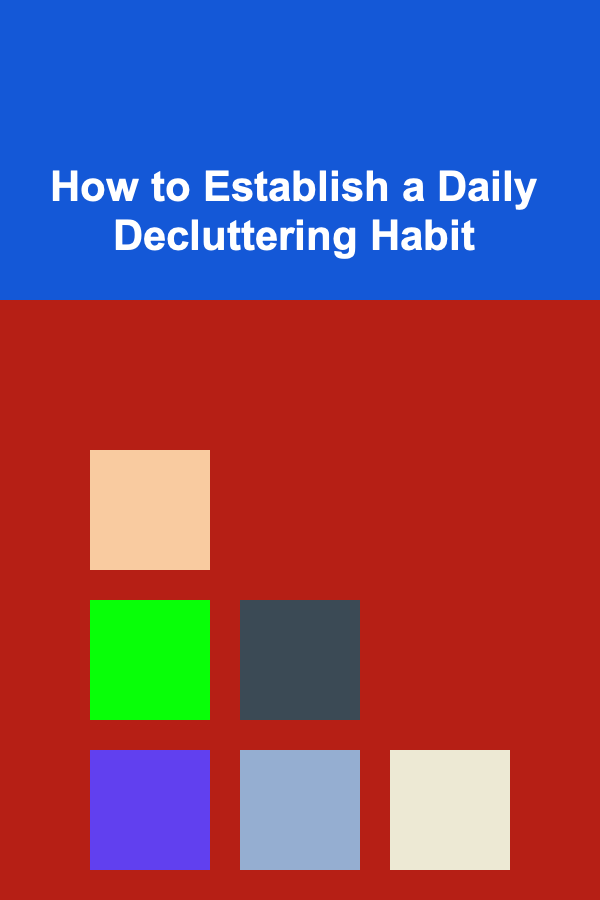
How to Establish a Daily Decluttering Habit
Read More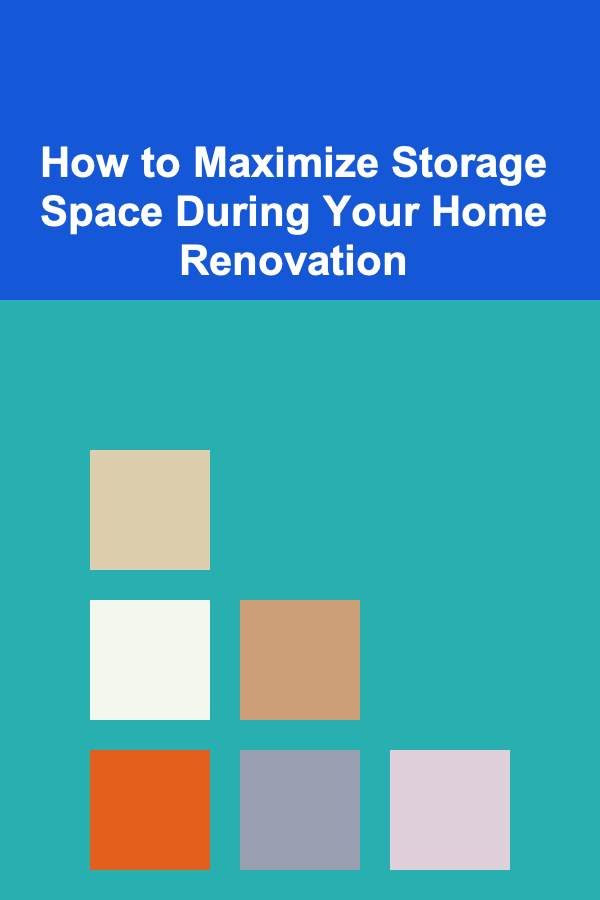
How to Maximize Storage Space During Your Home Renovation
Read More
How to Select the Best Materials for Your Renovation
Read More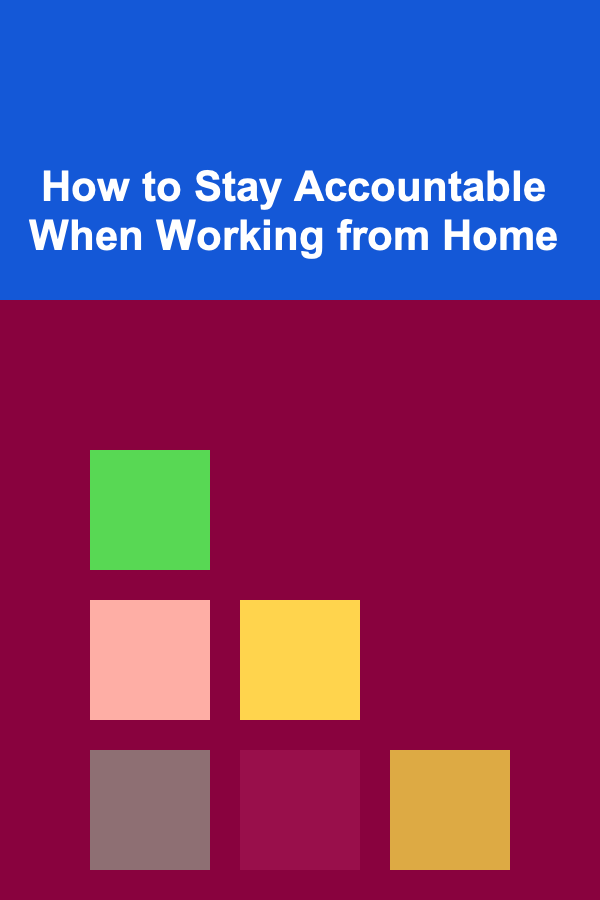
How to Stay Accountable When Working from Home
Read More
Smart Ways to Save Money on Prescription Medications: Tips and Resources
Read More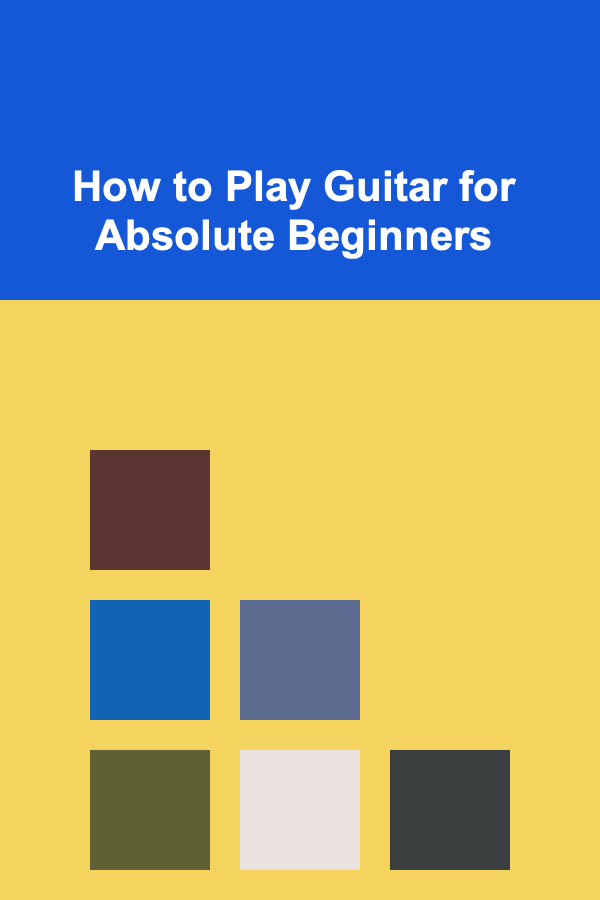
How to Play Guitar for Absolute Beginners
Read MoreOther Products

How to Establish a Daily Decluttering Habit
Read More
How to Maximize Storage Space During Your Home Renovation
Read More
How to Select the Best Materials for Your Renovation
Read More
How to Stay Accountable When Working from Home
Read More
Smart Ways to Save Money on Prescription Medications: Tips and Resources
Read More